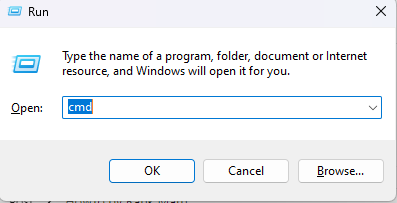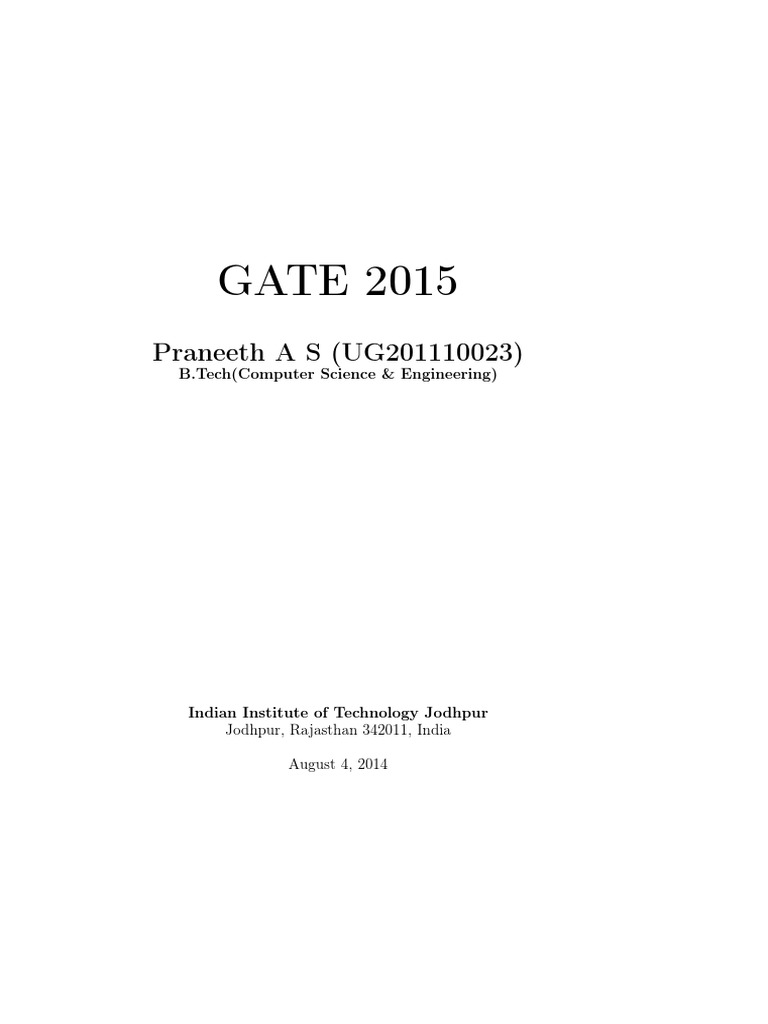

#FIND FILE PATH CODE#
I ran into this when I wrote a site on a url with a path, where the code above works great, but then wanted to put it on a subdomain, /somepage.php, where things started breaking. If you put that URL as the action on a form, for example, submitting the form will try to go to.

However dirname returns a slash if the path you specify is the root, so $url in that case would become '//somepage.php'.

The dirname function does not usually return a slash on the end, which might encourage you to create links using code like this: In short this seems to be more of a string manipulation function that strips off the last non-null file or directory element off of a path string. Would return the same result as in my example above. one might think that if the path given was a directory then dirname would return the entire original path since that is a directory name.)įurther the presense of a directory separator at the end of the path does not necessarily indicate that last item of the path is a directory, and soĭirname('/usr/local/magic/bin/') #note final '/' Returns '/usr/local/magic' and not just 'magic'Īlso it is not immediately obvious that dirname effectively returns the parent directory of the last item of the path regardless of whether the last item is a directory or a file. From experimentation it appears to be the latter. "/etc/passwd") it is not obvious whether dirname returns the single path element of the parent directory or whether it returns the whole path up to and including the parent directory. Since the paths in the examples given only have two parts (e.g.
#FIND FILE PATH ARCHIVE#
Getting Started Introduction A simple tutorial Language Reference Basic syntax Types Variables Constants Expressions Operators Control Structures Functions Classes and Objects Namespaces Enumerations Errors Exceptions Fibers Generators Attributes References Explained Predefined Variables Predefined Exceptions Predefined Interfaces and Classes Predefined Attributes Context options and parameters Supported Protocols and Wrappers Security Introduction General considerations Installed as CGI binary Installed as an Apache module Session Security Filesystem Security Database Security Error Reporting User Submitted Data Hiding PHP Keeping Current Features HTTP authentication with PHP Cookies Sessions Dealing with XForms Handling file uploads Using remote files Connection handling Persistent Database Connections Command line usage Garbage Collection DTrace Dynamic Tracing Function Reference Affecting PHP's Behaviour Audio Formats Manipulation Authentication Services Command Line Specific Extensions Compression and Archive Extensions Cryptography Extensions Database Extensions Date and Time Related Extensions File System Related Extensions Human Language and Character Encoding Support Image Processing and Generation Mail Related Extensions Mathematical Extensions Non-Text MIME Output Process Control Extensions Other Basic Extensions Other Services Search Engine Extensions Server Specific Extensions Session Extensions Text Processing Variable and Type Related Extensions Web Services Windows Only Extensions XML Manipulation GUI Extensions Keyboard Shortcuts ? This help j Next menu item k Previous menu item g p Previous man page g n Next man page G Scroll to bottom g g Scroll to top g h Goto homepage g s Goto search


 0 kommentar(er)
0 kommentar(er)
